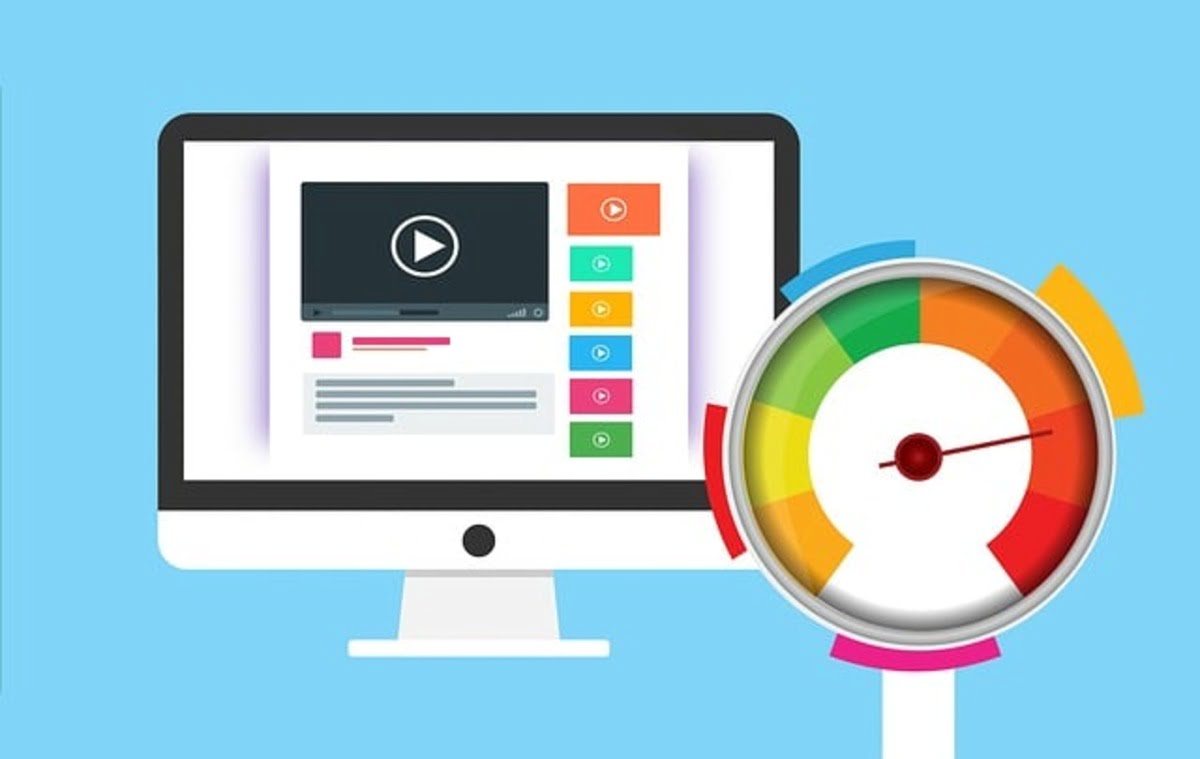Do you wish you knew how to make your computer faster?
A new computer isn’t necessary unless your current one is obsolete. There are many quick and easy maintenance jobs and hardware upgrades you can undertake yourself to maximize your system’s performance. Here are the five most effective ways to immediately increase your computer’s speed.
First, make sure your OS is up to date (32 and 64 bits).
You should always use the most recent operating system version because it includes the most recent security and performance updates. Both 32-bit and 64-bit versions of every OS are available, with the former providing significantly more room for additional RAM than its 32-bit counterparts, which typically have a maximum RAM limit of 4GB. Remember that a 64-bit operating system is preferable if you upgrade your computer’s RAM in the future.
Step 2: Install a solid-state drive.
In specific machines, the hard disk drive is the only option for storing data. Solid-state drives are faster and more reliable than hard drives, yet hard drives still get the job done. This is because the conventional laptop drive size (2.5″) means that solid-state drives can be used in laptops and desktops; they minimize file fragmentation and have no moving parts like spinning discs or a read/write head.
Data on a solid state drive is stored in a single, easily accessible location, making it far faster to access and load than on a traditional hard disk drive. When you upgrade to a solid-state drive, you can forget about ever having to defragment your hard drive again.
Reduce Extraneous Pre-Launch Services, Step 3
Eliminating numerous needless startup activities may drastically lower the startup time if you wonder how to speed up your computer as your system starts. You can accomplish this by entering your computer’s settings and disabling any unnecessary startup programs. Remember that disabling processes from running at the system starting will not delete them from your computer but will significantly slow down the startup process.
To rapidly disable unused Windows startup services, press the Windows key plus R to open Run, type in “msconfig,” hit Enter to bring up the System Configuration Window, and then click the Startup tab. Deactivate the boxes next to any services you know aren’t needed. The faster your machine boots up, the more you may safely uncheck from this list.
Increase Your System’s Random Access Memory (RAM)
It’s possible that your computer can use far more memory than is currently installed. More RAM might be the answer if you want to speed up your computer but are limited by the number of programs it can execute. Increases in system speed and the number of programs that may be opened simultaneously are directly proportional to the amount of RAM in your computer. Even if you have zero experience working with computer hardware, installing additional RAM into your desktop or laptop is a breeze. Since RAM stores no permanent data, it can be securely upgraded or replaced at anytime.
You must determine your computer’s maximum RAM capacity before purchasing and installing more memory. The Crucial system scanner, available at http://www.crucial.com/systemscanner, will immediately reveal how much RAM your system has and the maximum RAM limit.
Reinstalling the OS is Step 5.
Reinstalling the OS is sometimes the only way to get your computer to perform like new again. A disk copy of your operating system is required for this. Be sure to back up any vital information before reinstalling the OS and wiping the hard drive clean of any existing data and files. If you have accumulated many unnecessary files and your computer is running slowly. As a result, you may choose to reinstall the operating system and delete everything but the essential files.
A free copy of Mike Longo’s comprehensive eBook guide on speeding up your computer is available at The MykeTech Blog [http://www.myketech.com/how-to-speed-up-your-computer-in-20-effective-ways/].
Read also: IP-Based Video Surveillance: An Upgrade From Analog Technology.

